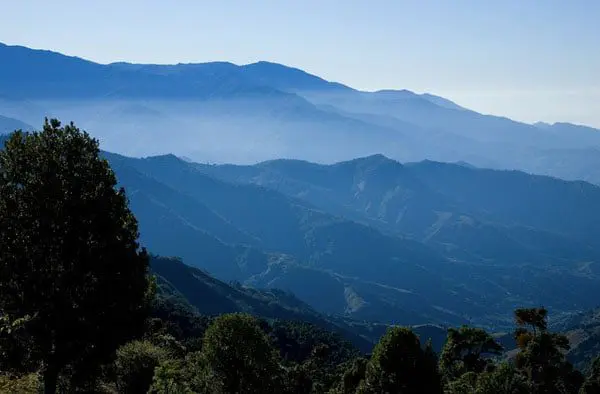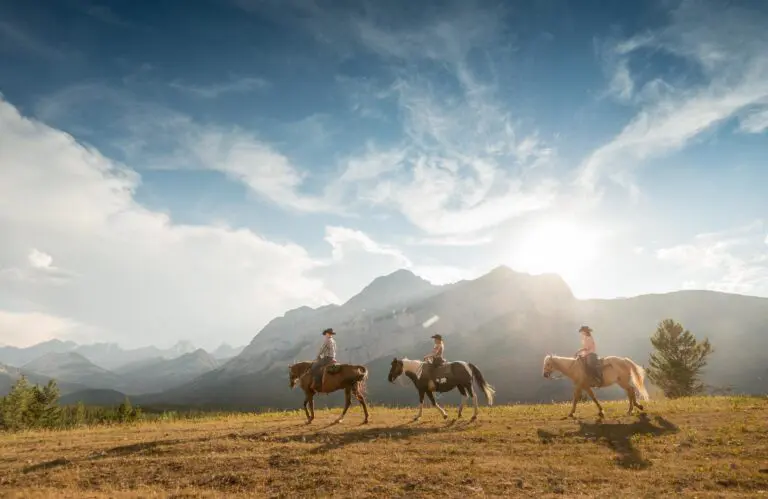As Latin America continues to take off, Australians are looking for more unique and less visited spots to brag about to their friends.
A keen advocate for travelling off beaten paths, Australia’s Contours Travel, is urging agents to promote and travellers to explore the lesser known destinations.
MD Ted Dziadkiewicz says even with the increasing number of Australians visiting and revisiting Latin America each year to enjoy the continent’s cultures, events and icons, many places remain overlooked because they are either considered too remote or just unknown to the travellers.
Here are some destinations the team at Contours Travel recommend Australians stop by on their next Latin America getaway:
1. San Gerardo de Dota, Costa Rica

A paradise for birdwatchers, hikers and trout fishing enthusiasts, the lush and verdant San Gerardo is nestled in the cool highlands of the Talamanca Mountains, just southeast of San Jose in Costa Rica.
Home to more than 200 types of bird, including some of the world’s most rare and endangered species such as the resplendent queztal, San Gerardo was initially founded as an agriculture settlement in the early 1950s.
Today, about 150 people live in this natural settlement. Travellers keen to explore this part of Costa Rica should know that only a handful of lodges and cabins are available.
However, there are hotels in neighbouring towns.
2. Caño Cristales, Colombia

Translated to Crystal Spout in English, Caño Cristales is more commonly known as the “River of Five Colours” or “Liquid” Rainbow”.
Referred to as the most beautiful river in the world due to the mesh of blue, green, yellow, black and red colours caused by the riverweeds and algae, Caño Cristales is reachable via a 90 minutes flight to La Macarena from Bogota and followed by a 1.30hr hike the next day.
Apart from the stunning colours, visitors will also enjoy a series of waterfalls and natural pools that dot along the river.
The best time to visit is between August and November and a minimum two nights’ stay is recommended.
An official guide must accompany travellers when visiting the park.
3. Semuc Champey, Guatemala

A natural water park in the midst of the thick and bushy Guatemalan jungle of San Agustin Lanquin, Semuc Champey features the most exquisite turquoise water pools.
To add to its whimsical setting are waterfalls and naturally formed limestone bridges providing mini private areas within its already secluded location.
This jungle paradise is accessible from the towns of Lanquin and Coban.
From the park, it’s less than an hour’s hike away. Once there, travellers can walk to a lookout to take in the stunning views of the bridges and pools.
The best way to get to Semuc Champey is overland from either Flores (four hours) or Antigua (six hours) via Coban.
4. Ometepe Island, Nicaragua

Known as the “Oasis of Peace” and formed by two adjoining volcanoes, Ometepe Island is set on a fresh water lake.
Visible at every point on the island, the volcanoes play a dominant role in the lives of the people on the island as well as the myths and legends that surround them.
Home to a multitude of pre-Colombian artefacts including those left by the Mayans, the island also offers great treks for hiking, horseback riding and cycling, as well as water activities including kayaking, fishing and swimming. Ometepe Island is only a 1.20hr ferry ride from Granada.
5. Copper Canyon, Mexico

An adventurer’s playground, the Copper Canyon region is an impressive cluster of six canyons in the south-western part of Chihuahua in Mexico called the Sierra Madre Occidental.
The mountain range is steeped in history and mythical legends about Rarámuri or Tarahumara Indians.
Adrenaline seekers come here to rock-climb, zip-line and cross suspension bridges, while those opting for softer adventures embark on walking trails that zig zag through the canyons and quaint villages.
The best way to get to Cooper Canyon is via the charming town of El Fuerte, where the Chepe train departs and enroute exposes passengers to some of the world’s most raw and dramatic sceneries.





